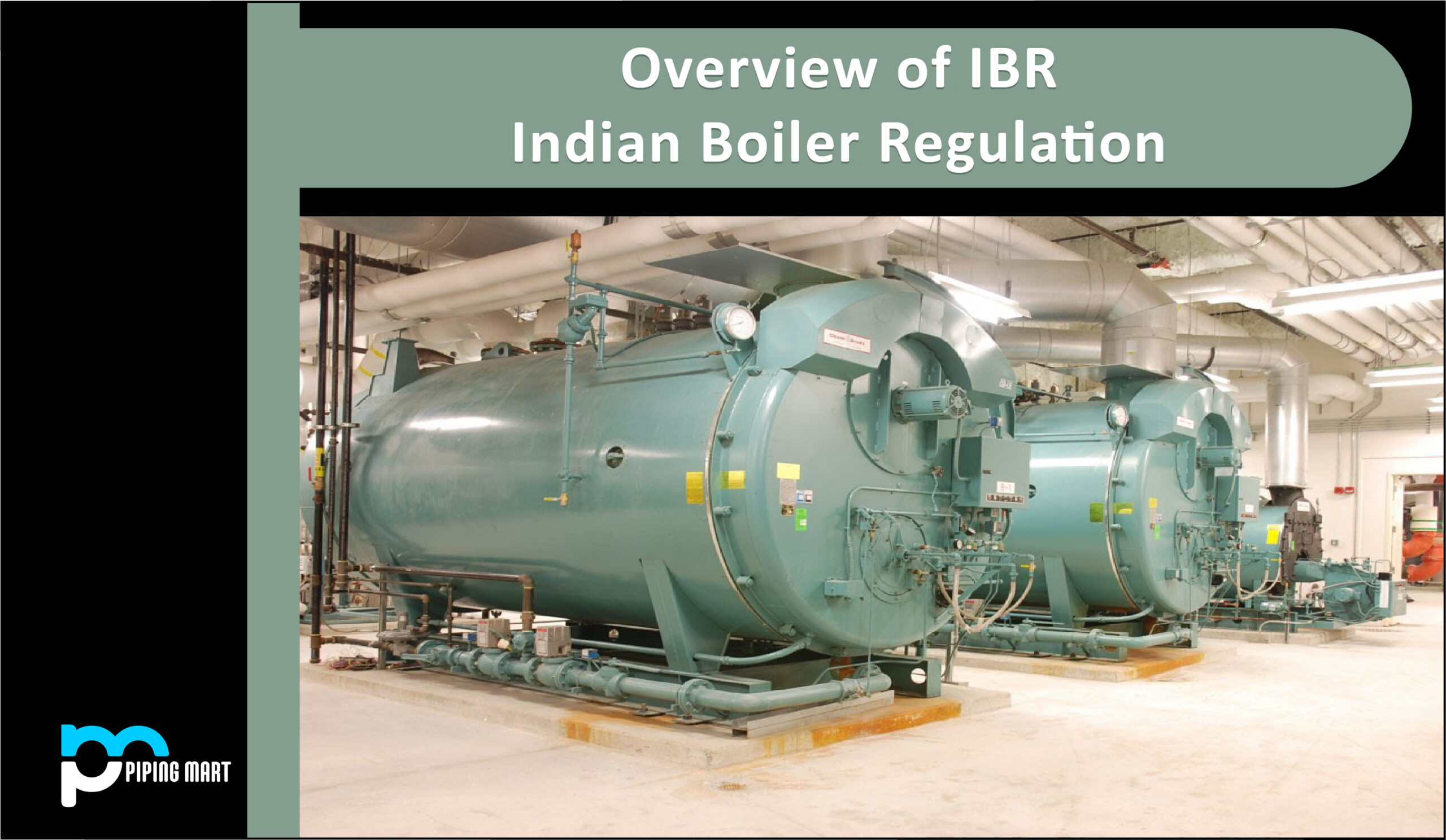Insights to Metal fatigue
Metal fatigue is the general term connected with an unforeseen loss of metal components due to a progressive fracture during operation. Metal fatigue is undeviating correlated with the several stress cycles that the part experiences and the imposes stress level. If components have stress building contours or stress raisers such as notches, holes, and keyways are inserted into the element, fatigue failures result.
In materials science, fatigue is the process by which a material is slowly and progressively (and often permanently) damaged by stresses and strains that are less than those needed to break the material apart. Metal fatigue tends to transpire if the material is metal. At some point, these defects can become amazingly splendid when the steel wire falls apart even if the tensile strength of the metal has never been surpassed.
What’s the process of Metal Fatigue?
The process of metal fatigue varies considerably from material to material. In some scenarios, defects occur almost as soon as stress and strains are applied to the material and grow very slowly until a complete failure occurs. In other cases, there will be no apparent damage to the material until the loss has nearly happened. Then, at the very last stage, the defect appears and develops quickly before the complete failure.
The material itself is the very first factor in it. Many materials’ fatigue limit tends to be about one-fourth to three-fourths of the material’s tensile strength. The magnitude of the stress or strain exerted on the material is another factor. The greater the stress or pressure, the earlier the Metal fatigue is likely to develop. Environmental factors are associated with fatigue in metals.
What are the methods of Metal Fatigue testing?
Metal fatigue testing provides engineers with an analysis of material quality and an approximate insight into the design parameters. The Testing helpful in the improvement in the fatigue life of system components. Metal fatigue testing often empowers engineers with tools.
To predict a part’s service life, engineers monitor for metal fatigue by simulating the cyclic loading a part would undergo while in production. It is necessary to recognize the fatigue performance of the piece before its real-life application. Comprehending the cyclic loading limits that a part can withstand will help avoid catastrophic field breakdowns. Testing data to determine the fatigue performance will make it safer, more reliable and help identify room for improvement in design. One of the crucial reasons behind metal fatigue testing is that some cracks can be undetectable by a routine maintenance visual inspection.
What are the applications of Metal Fatigue?
Metal fatigue, a weakened condition induced in metal parts of machines, vehicles, or structures by repeated stresses or loadings, eventually resulting in fracture under stress much weaker than that essential to cause a fracture in a single application.
What are ways to prevent Metal Fatigue?
Proper design and material selection can minimize metal fatigue, while polishing can help mitigate the application’s wear and tear effects. IMS can submit material test reports for aluminium, stainless steel, steel sheets and plates, and long items.

Pipingmart is B2B portal specializes in industrial, metal and piping products. Also, share latest information and news related to products, materials and different types grades to help business dealing in this industry.




